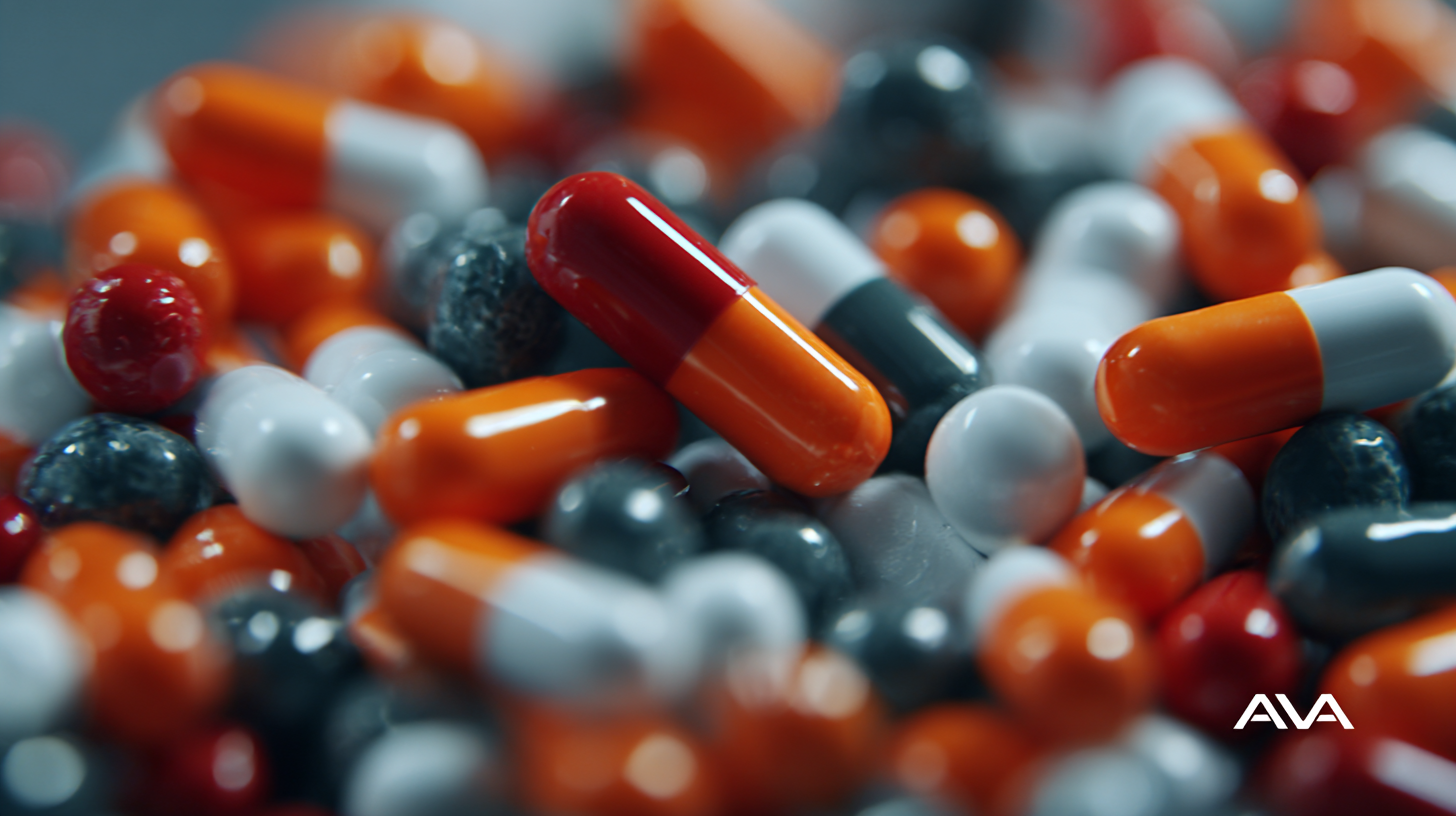The pharmaceutical manufacturing industry plays a pivotal role in the global healthcare landscape, with projections indicating that the market will reach approximately $1.57 trillion by 2023, according to a report by Research and Markets. This remarkable growth underscores the increasing demand for innovative drug solutions driven by evolving patient needs and the rise of chronic diseases. Enhanced efficiency in pharmaceutical manufacturing is not merely a competitive advantage but a necessity in expediting drug development processes and ensuring the timely delivery of lifesaving medications to the market.

With advancements in technology, including automation and lean manufacturing practices, the sector is poised to optimize production capabilities while maintaining stringent quality standards. As we delve into the intricacies of pharmaceutical manufacturing, it becomes evident that embracing these innovations is crucial for unlocking the full potential of drug development efficiency and responding adeptly to the challenges of an ever-evolving healthcare environment.
In the intricate journey of drug development, the role of pharmaceutical manufacturing is paramount. As the industry evolves, the integration of advanced manufacturing technologies has become a game-changer. A recent report from the International Society for Pharmaceutical Engineering (ISPE) highlights that streamlined processes can reduce time-to-market by up to 30%. This efficiency not only accelerates the delivery of medications to patients but also significantly lowers production costs, allowing for more budget allocation to research and development phases.

To optimize drug development, pharmaceutical companies must focus on their manufacturing processes. Embracing continuous manufacturing techniques can be particularly beneficial. According to a study published in the Journal of Pharmaceutical Innovation, companies that adopt these techniques can enhance product consistency while minimizing waste by up to 40%. Implementing Quality by Design (QbD) principles is another vital tip; this strategy promotes a thorough understanding of the manufacturing process, leading to improved quality and efficiency in drug development.
Furthermore, investing in automation and data analytics can revolutionize manufacturing workflows. Utilizing real-time data analytics can help identify bottlenecks and inefficiencies, leading to informed decision-making. Reports suggest that companies leveraging big data in their manufacturing processes see a 20% increase in operational efficiency, ultimately benefiting the overall drug development timeline.
Technological advancements are dramatically transforming the pharmaceutical manufacturing industry, paving the way for more efficient drug development processes. One of the most significant innovations is the implementation of continuous manufacturing technology, which allows for a constant flow of materials through the production process. This method reduces production time and enhances product quality by minimizing human error and ensuring consistency. By adopting continuous manufacturing, pharmaceutical companies can respond more rapidly to market demands and reduce costs associated with batch production.
Moreover, the integration of automation and robotics into pharmaceutical manufacturing is revolutionizing the way drugs are produced. Automated systems can handle repetitive tasks with precision and speed, freeing up human resources for more complex processes that require critical thinking and oversight. Additionally, advanced data analytics and machine learning enable real-time monitoring of manufacturing parameters, leading to more proactive quality control and reduced downtime. These key technologies not only improve operational efficiency but also facilitate innovation in drug development, ultimately resulting in a faster, more reliable path from the laboratory to the market.
In the realm of pharmaceutical manufacturing, streamlining quality control is pivotal for ensuring consistent drug efficacy and safety. According to a report by IQVIA, organizations that implement robust quality management systems can reduce product recalls by up to 30%. This efficiency not only safeguards patient health but also enhances the overall reputation of a pharmaceutical company. By adhering to strict regulatory standards and embracing technological advancements, manufacturers can better align their processes with the ever-evolving market demands.
Tips for improving quality control in pharmaceutical manufacturing include adopting real-time data analytics, which can help identify potential issues before they escalate. Additionally, investing in employee training for quality assurance practices ensures a culture of compliance and accountability throughout the organization. Embracing automation in routine testing procedures can minimize human error, further enhancing the reliability of the manufacturing process. Implementing these best practices will significantly contribute to the efficiency of drug development, allowing for faster market entry with superior products.
| Aspect | Current Status | Best Practices | Expected Improvements |
|---|---|---|---|
| Manufacturing Process Efficiency | 67% Efficient | Lean Manufacturing | Increase to 80% Efficiency |
| Quality Control Measures | Current QC often fails | Automated Testing | Reduce Failures by 30% |
| Regulatory Compliance | Occasional non-compliance | Regular Training | Achieve 100% Compliance |
| Production Cycle Time | 6 Months Average | Process Optimization | Reduce to 4 Months |
| Cost Efficiency | High Costs | Supply Chain Optimization | Cut Costs by 20% |
The pharmaceutical industry is witnessing a transformative shift towards collaborative approaches in research and development (R&D), particularly with the integration of open-source methodologies. This growing trend fosters stronger partnerships between academia and industry, facilitating diverse engagements such as apprenticeships, undergraduate placements, and PhD opportunities. Such collaborations are pivotal for enhancing innovation and expediting the drug development process, as they generate a cross-pollination of ideas and resources that drive efficiency in R&D.
Additionally, the utilization of artificial intelligence (AI) has become a game-changer in the pharmaceutical landscape. By harnessing AI, companies can streamline traditional drug discovery models, leveraging computational power and data analysis to accelerate the development of new therapies. This integration not only enhances the efficiency of clinical trials but also encourages a more cooperative environment among researchers, ultimately leading to the rapid delivery of critical medicines. As technology transfers become more robust, the implications for global health improvements are profound, particularly in ensuring that access to essential drugs and vaccines is prioritized in a collaborative framework.
In the ever-evolving landscape of pharmaceutical manufacturing, measuring success through performance metrics is paramount for improving drug development efficiency. Key indicators such as cycle time, yield rates, and compliance levels offer insights into operational effectiveness. By closely monitoring these metrics, companies can pinpoint areas for improvement, ultimately accelerating the path from concept to market.

Tip: Implement regular performance reviews using real-time data analytics. This allows teams to swiftly identify bottlenecks and enhances decision-making processes, ensuring that any inefficiencies are addressed promptly.
Additionally, integrating collaborative platforms that track these metrics can foster communication between departments. Enhanced team alignment not only streamlines workflows but also drives innovation, as insights gleaned from performance data inform research and development strategies.
Tip: Encourage cross-functional meetings to share performance insights and best practices. This collaborative approach can lead to new ideas and solutions that enhance overall drug development efficiency while leveraging each team's unique expertise.
